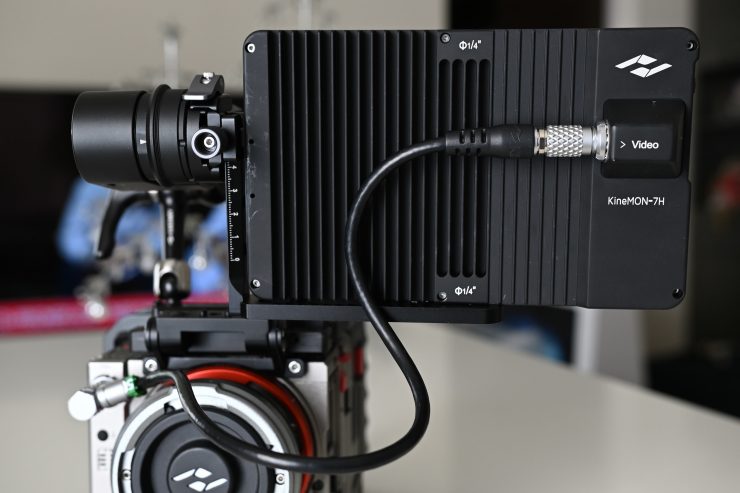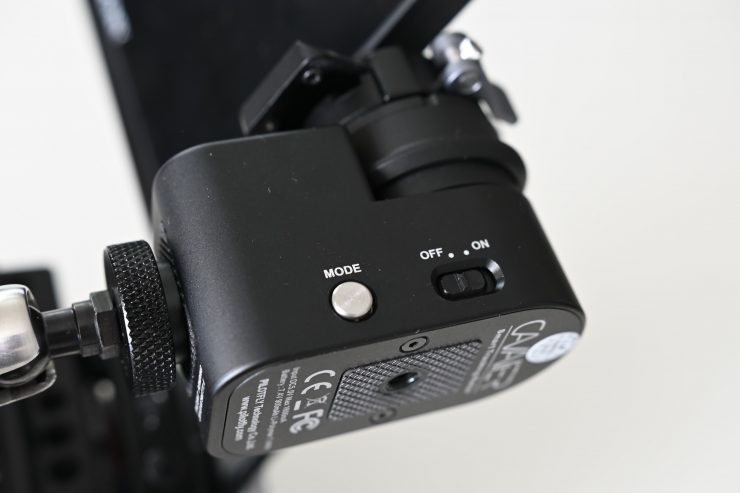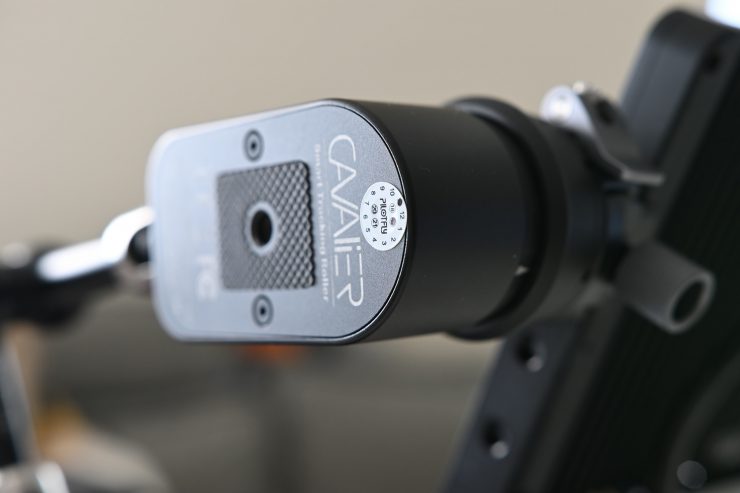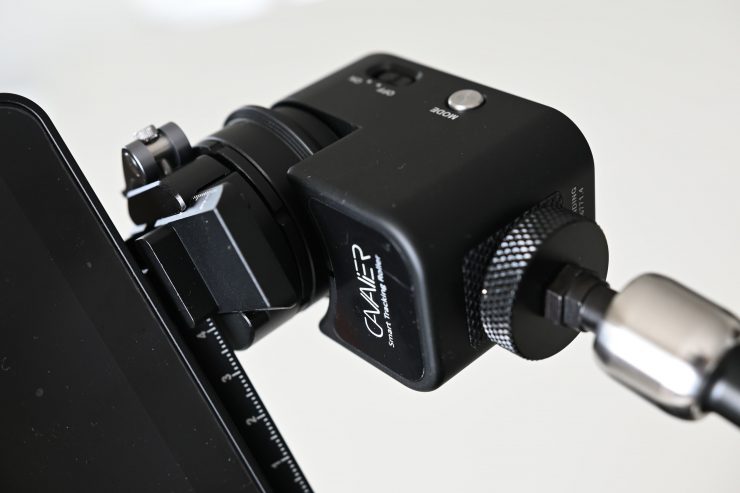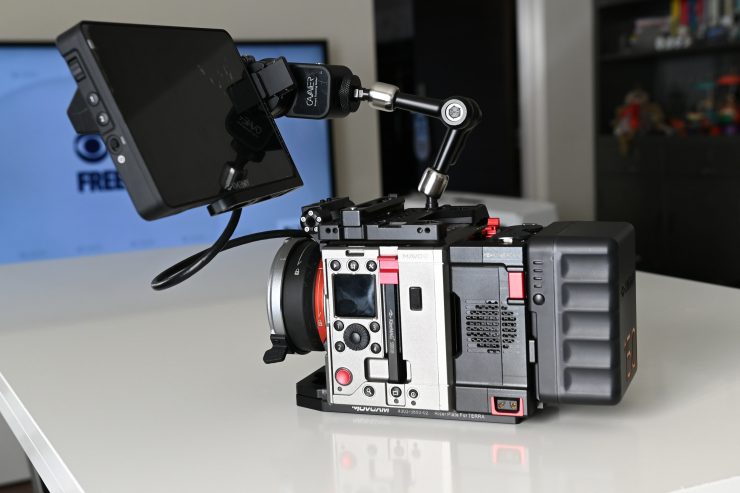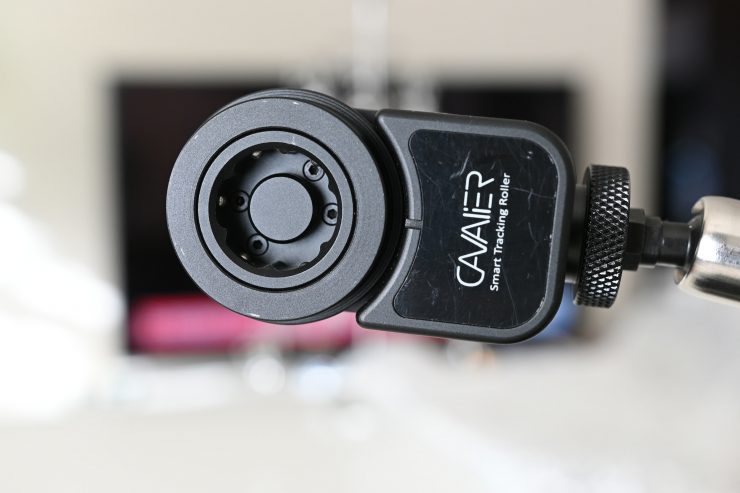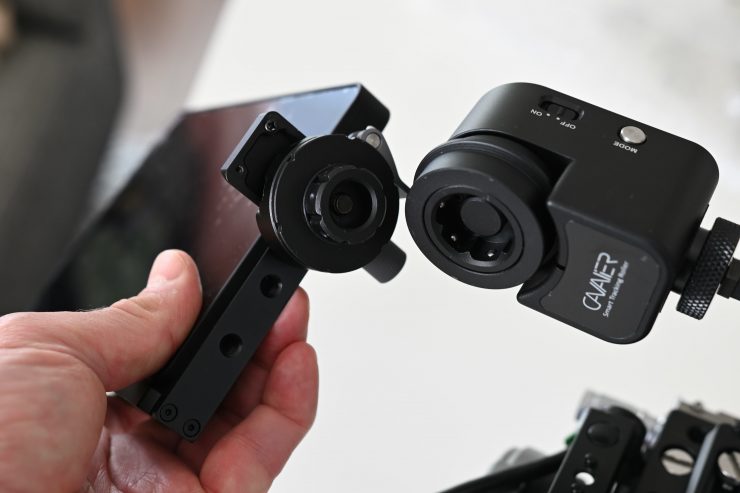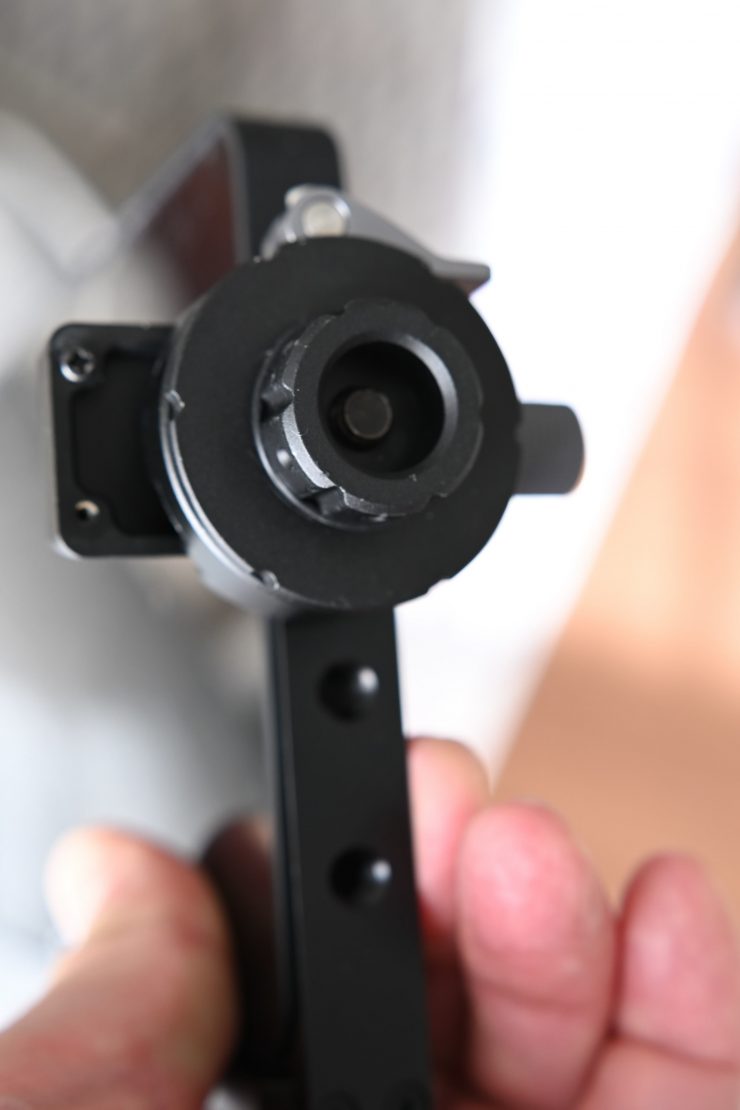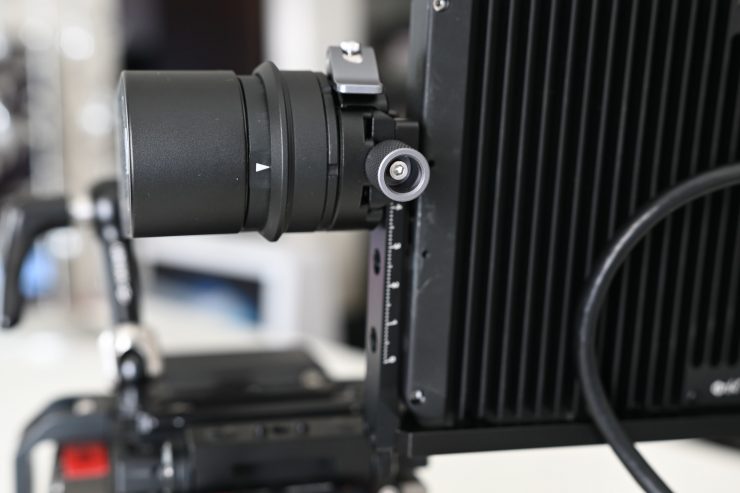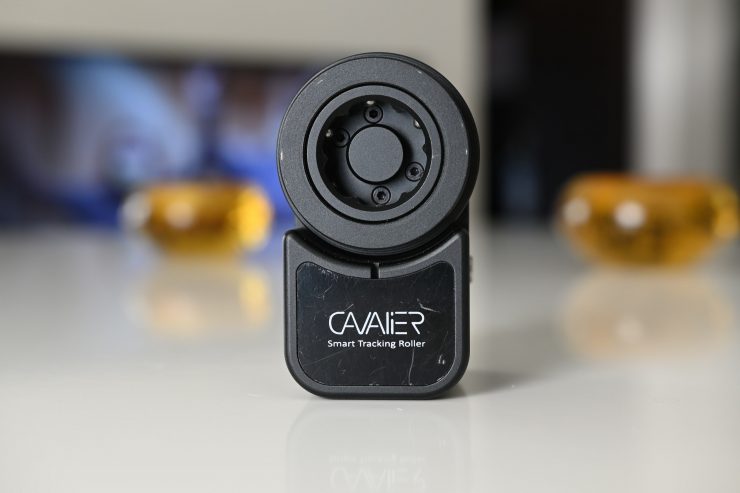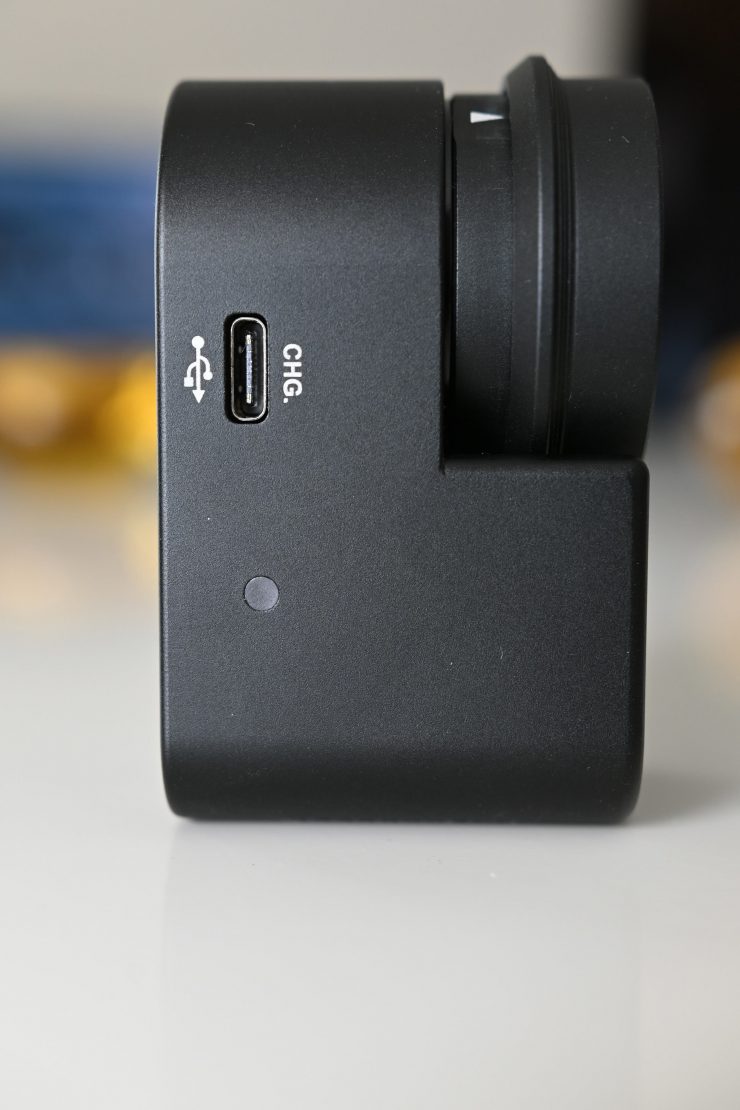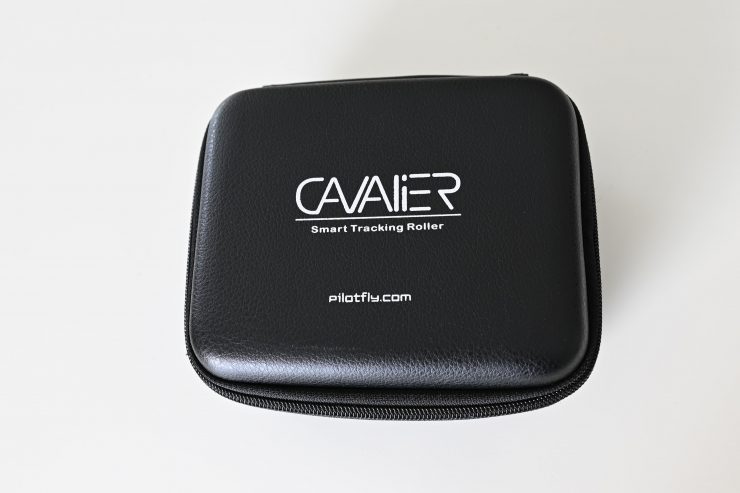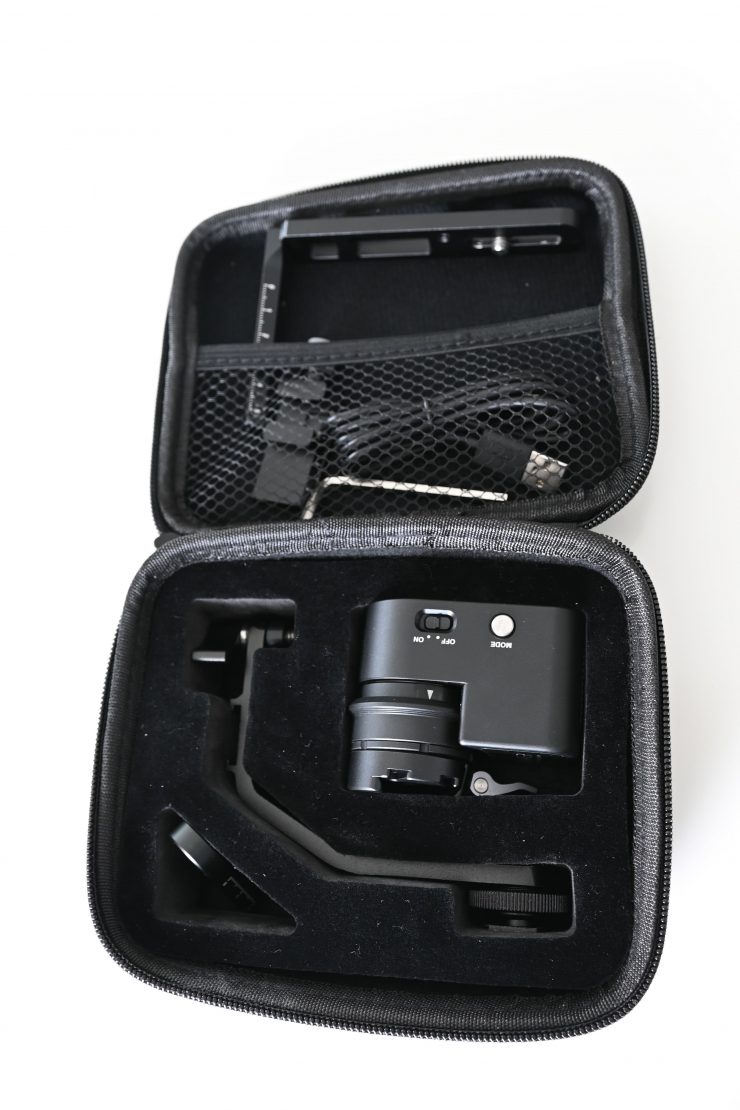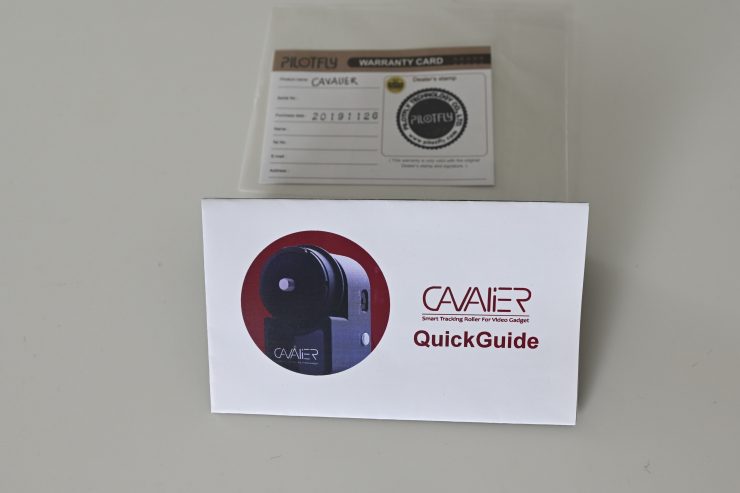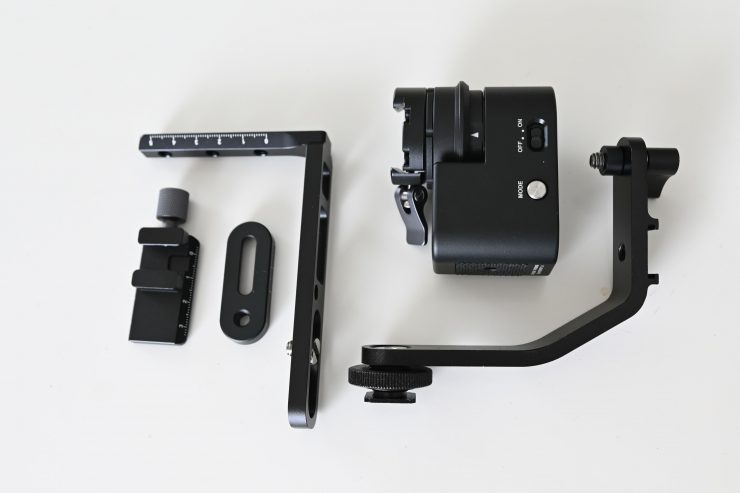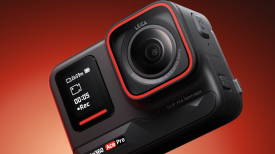The Pilotfly Cavalier is a smart tracking roller system that you can use for a variety of applications.
The Cavalier can be used with monitors, lights, or even to create motion time-lapses with small cameras. I’m sure there is also a range of other applications people could come up with to take advantage of the Cavalier.
What is it?
The easiest way to describe the Cavalier is to think of it as a 1-axis gimbal, as essentially that is what it is. The Cavalier allows you to keep the horizon of a monitor, or a light, or any other piece of equipment level regardless of the what angle you are using a camera or a gimbal at.
On a gimbal, if you position your monitor normally, then try to shoot from low to high (or vice versa), then it becomes very hard to see the monitor. You can adjust the monitor for either position, but not during a shot. Some operators add a second monitor to help, but even this is not an ideal solution as the viewing angles still aren’t perfect and it adds unnecessary bulk.
It is also useful if you are hand-holding a camera and using a monitor.
Size & Weight
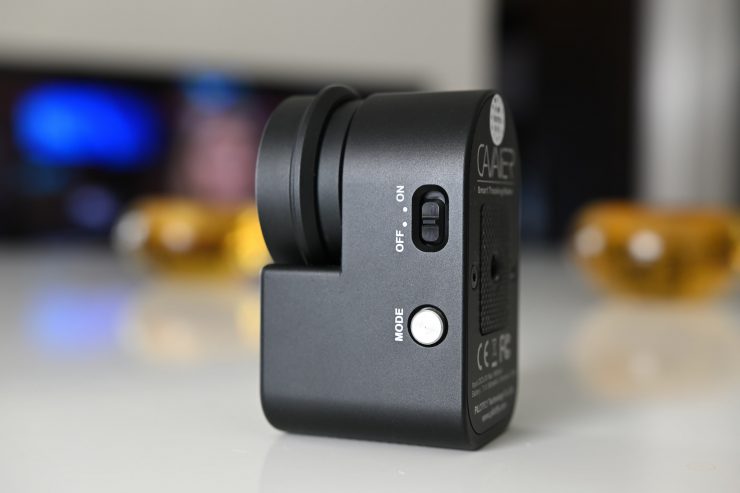
The Cavalier is reasonably compact, and I weighed it at 200g (7.05 oz). While that doesn’t sound like a lot, the physical size of the unit needs to be taken into account if you are going to use it with a small camera.
The physical dimensions of the device are 71 x 46 x 38mm.
Build Quality
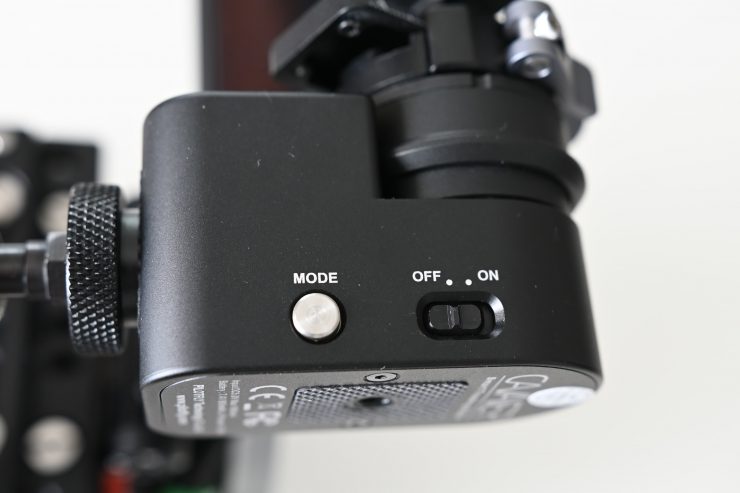
The build quality is fairly decent, but some of the screws and locking mechanisms could be a little better.
Quick Release System

The Cavalier has been designed so that you can quickly release your monitor without needing any tools.
I like this design as it is simple and intuitive and you don’t have to fuss around trying to install your monitor on the Cavalier.
What surprised me was nowhere does Pilotfly list what the load capacity of the Cavalier is. Nor do they list what monitors are compatible with it. When I asked Pilotfly about this they told me, It supports a 7-inch screen at the most. This is a little vague for my liking. It would be nice to know exactly what payload capacity is possible.
Modes
On the Cavalier there is a Mode switch which lets you choose from the following:
- Home
- Switch between Follow Mode or Angele Lock Mode
- Head Mode
- Motion Timelapse
- Initialize the Gyro calibration
So what do the various Modes do and how do you activate them?
| Operation | Function | Description |
| Single Tap | HOME POSITION | Roller moves to Home position (horizontal position) |
| Double Tap | FOLLOW MODE | 1. Switch the roller 2. Stay in the current angle or 3. Follow the movement |
| Triple Tap | HEAD MODE | Turn Off/ON the motor power |
| Quadruple Tap | MOTION TIMELAPSE | Setup and start the motion timelapse |
| Press & Hold 3 sec | INITIALIZE THE GYRO CALIBRATION | Make sure to prevent any movement or vibration during this process |
Now, you can also manually adjust the position of the monitor if you want. While this is handy if you move it, it makes a beeping noise. It also makes a beeping noise if it reaches its limits. This is very annoying and if you are recording sound, especially on camera, then audio capture is going to be a problem. I wish there was a way of disabling this.
Remembering all the different modes can be difficult and it does take some time to become familiar with the operational aspects of the Cavalier.
Pilotfly App
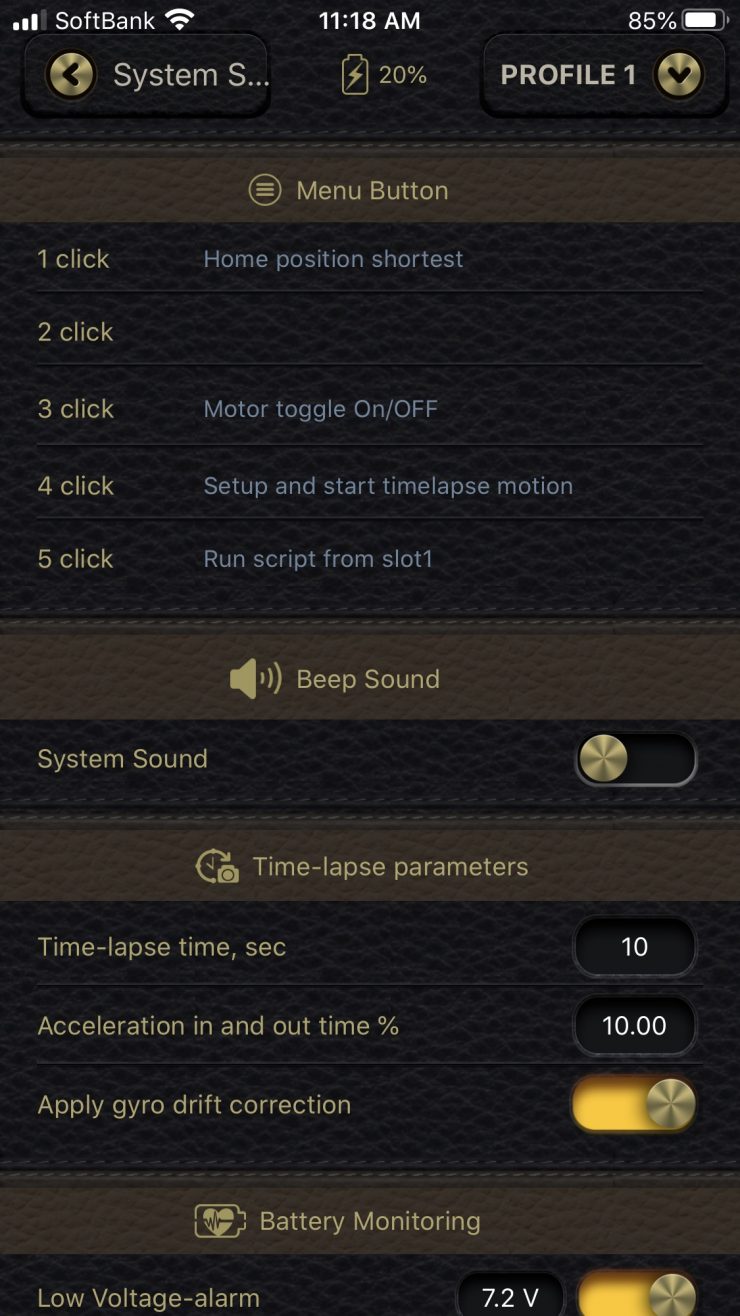
You can use the Pilotfly app to control some of the functionality of the Cavalier. I didn’t find the app all that useful. It is the same app you use for Pilotfly gimbals and there isn’t any separate section for the Cavalier. It is really hard to find what parts of the app work for the Cavalier.
In all honesty, I found the implementation of the Cavalier into the app to be lazy, to say the least. Pilotfly should have made a separate interface for controlling the Cavalier.
The app is far from intuitive and it will just end up confusing users.
How is it powered?
The Cavalier has an in-built 7.4V 900mAh, 2S Lipo rechargeable battery. There is also a 5V/1.5A input that you can use to either charge or power the device.
Pilotfly claims that the in-built battery will last for around 7 hours and it takes about 40 minutes to charge.
My problem with the Cavalier is that there isn’t any way of knowing how much charge or time the battery has left. I simple battery indicator should have been included in my opinion. When I asked Pilotfly why there wasn’t a battery indicator I was told, We didn’t design an LCD to show the battery level but the user can check this info. via the app.
Real-World Performance
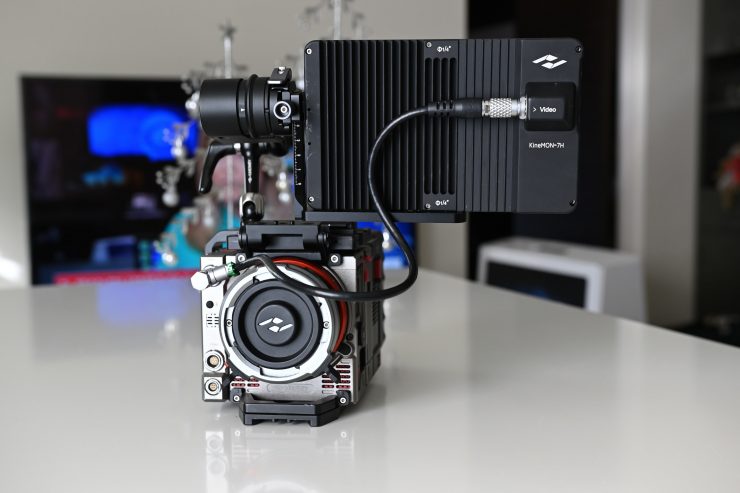
The Cavalier certainly works, but I did find it to be a little inconsistent and hard to set up and use. Despite there being quite a few set-up videos available, they don’t address any potential issues or tell you how to fix any problems you may have. The product, at least in my opinion, took way to long to set up and get working correctly. Another cameraman and I were messing around with it for 45 minutes, trying to set it up in a way that worked correctly.
Sometimes I would turn it on and it would work without any problems, but on other occasions, it would start making beeping noises when you moved the camera into certain positions.
The annoying beeping sound it makes when it reaches its limits or when you try and move the monitor by hand was driving me crazy. Look, I get it, they obviously built-in the audio alerts to tell you something is wrong, but a blinking light would have made much more sense. Now, I asked Pilotfly about this and I was told that, If you turn on the power and it keeps beeping, it’s a low-battery warning. If the camera/ light is not in balance, it will also have a beep sound warning. If you don’t want any warning, you can turn it off in the app.
When it is working correctly and not beeping, it does a reasonable job. However, I always felt like it was playing catch up when I moved the camera. I just didn’t find it as intuitive as I would have liked.
Now, just to be clear, I think the Cavalier definitely works better with 5″ monitors than 7″ ones. For smaller cameras with no EVF like a RED or a Kinefinity, the Cavalier makes a lot of sense. A lot of RED users like to handheld their cameras in front of their chest. Having the ability to have the monitor follow you when you move the camera up and down certainly helps in these circumstances.
On smaller mirrorless cameras it really only makes sense if you are using a small 5″ lightweight monitor. If you try and put say an Atomos Ninja V, with a battery and SSD on top of your camera with the Cavalier things start to get a little too big. While it still works, I wouldn’t want to do this unless I was running a dedicated cage, even then, you end up with quite a top-heavy rig.
In terms of what I found I could do with the Cavalier, it was nice to have a top light mounted on it or even an action camera. If you are shooting news, documentaries, even weddings, the ability to have a small top light or an action camera mounted to the Cavalier shouldn’t be overlooked.
I found that by mounting an action camera with a wide field of view, it was nice to have the ability to capture an angle where the horizon was always level. You could even attach the Cavalier to a boom pole and give it to a producer or an assistant. That way no matter where they hold the pole, you can keep the same angle for your shot.
Competition
Redrockmicro has its Orbit – Monitor Positioning System which has been around for more than 3 years. It is similar to the Cavalier in a lot of ways, except when it comes to price. The Orbit is a whopping $1,400 USD, although that does include 1x Orbit Monitor Positioning System, 1x “Follow Me” Tracking Sensor and cable, and 1x Satellite thumb controller and cable.
Price & Availability
The Cavalier comes in a couple of versions. There is a PREMIER VERSION for $199 USD, or the LITE VERSION which is $179 USD. The only difference between the two is that one comes with a two-way balance quick-release and L cage for a 7″ monitor and the other doesn’t.
Conclusion
It’s hard to complain about a motorized self-leveling monitor holder that costs less than $180 USD, but as it is essentially a single axis gimbal, I wouldn’t consider it to be cheap either.
While for the most part is performs as advertised, it could be a little more refined and easier to use and set up. The beeping noise (before I found out how to turn it off) and inconsistency of its performance (things really should work well all the time) leaves me with mixed thoughts about the Cavalier. I definitely think it is better suited to 5″ monitors. If you are using 7″ monitors you need to get the balance just right. With 5″ monitors it is more forgiving.
In one way it is a handy little device that you could use for a variety of reasons, on the other, is it something I would buy and end up leaving on a shelf at home? I can’t really decide if it is a gimmick or something I would use on a regular basis.
I can certainly see where this device would be useful, but I was a little disappointed with the overall user experience and performance of the Cavalier.

